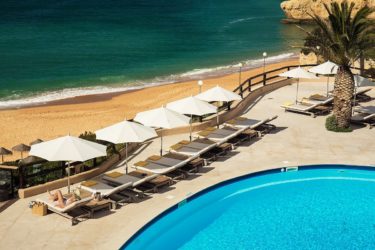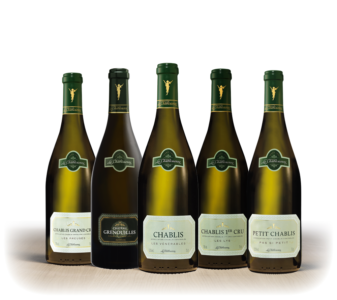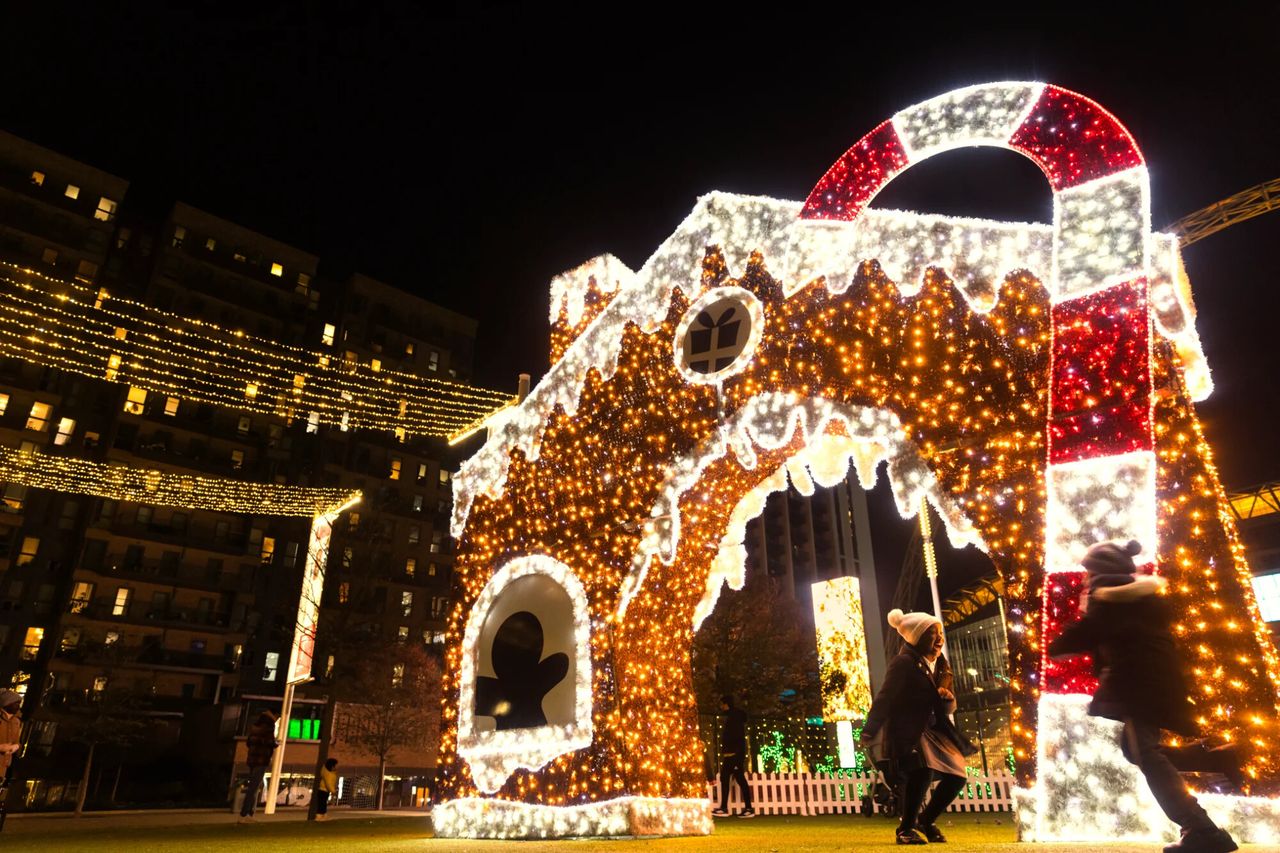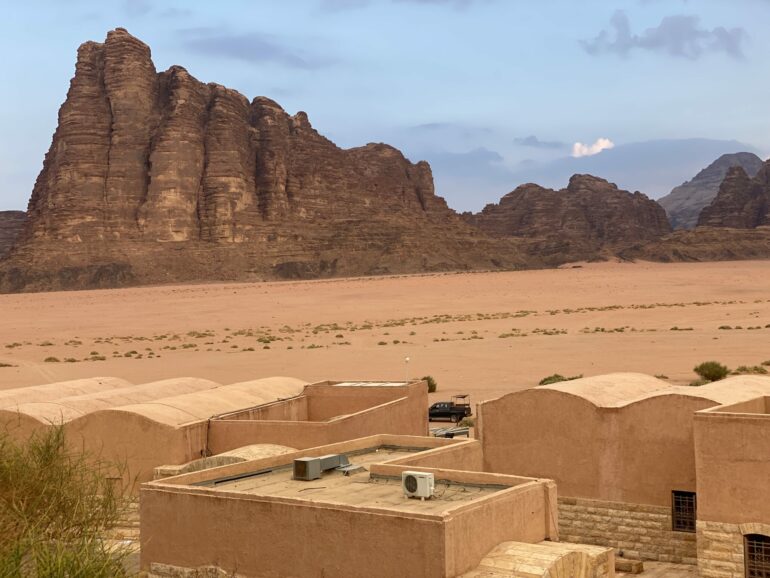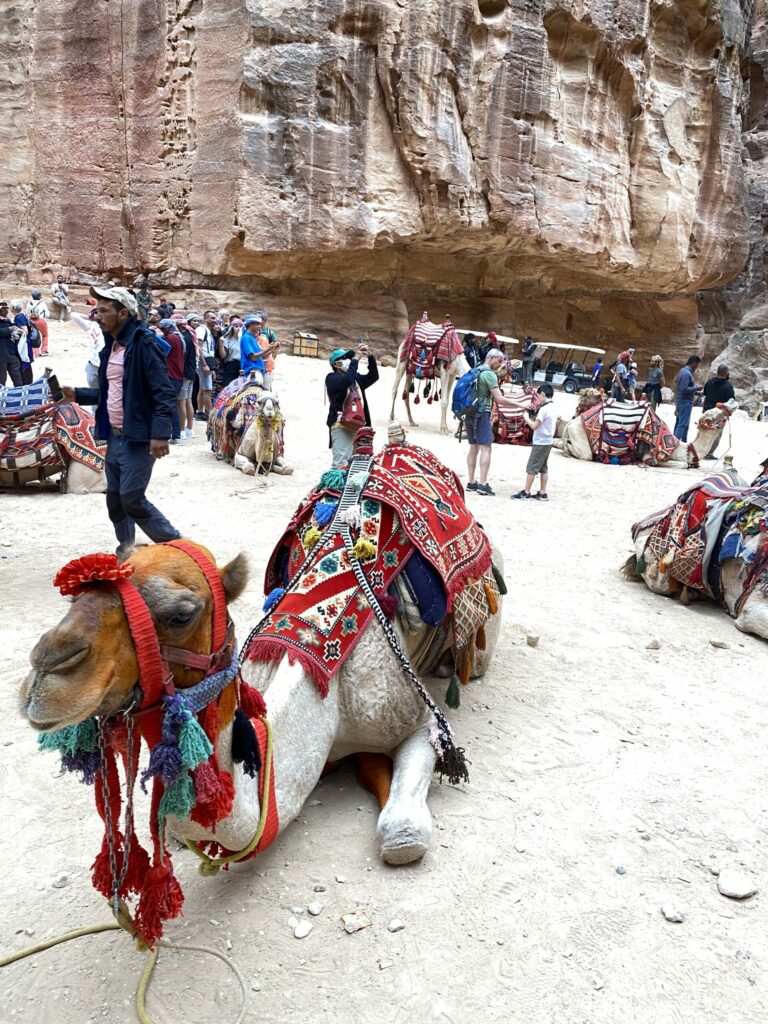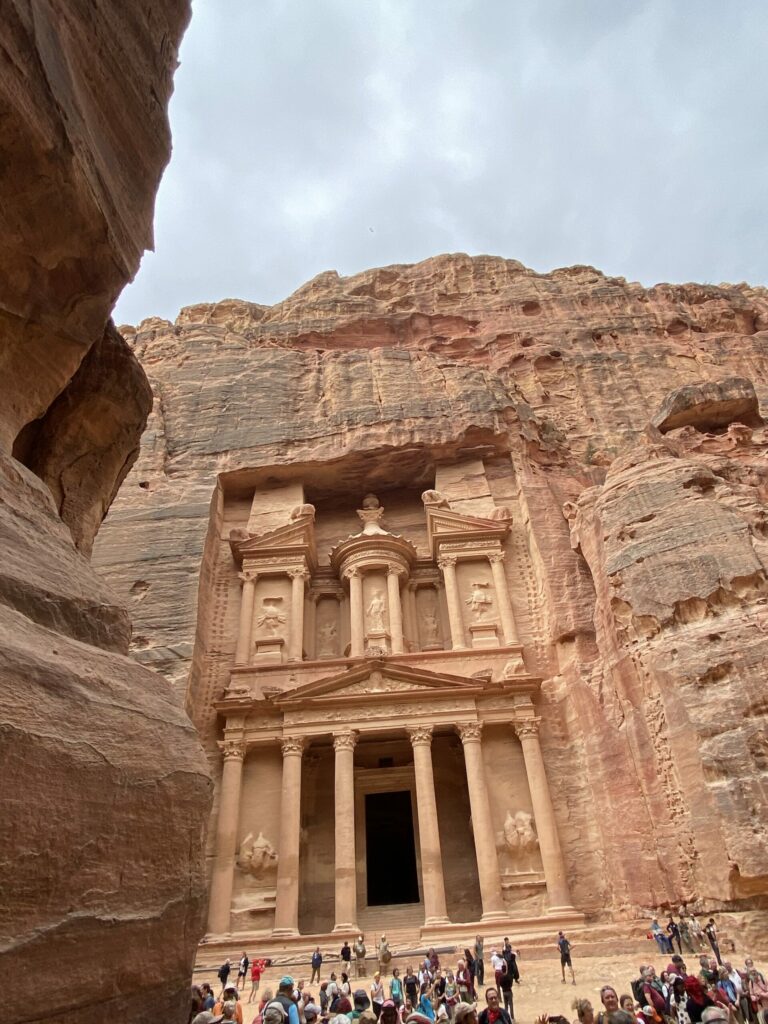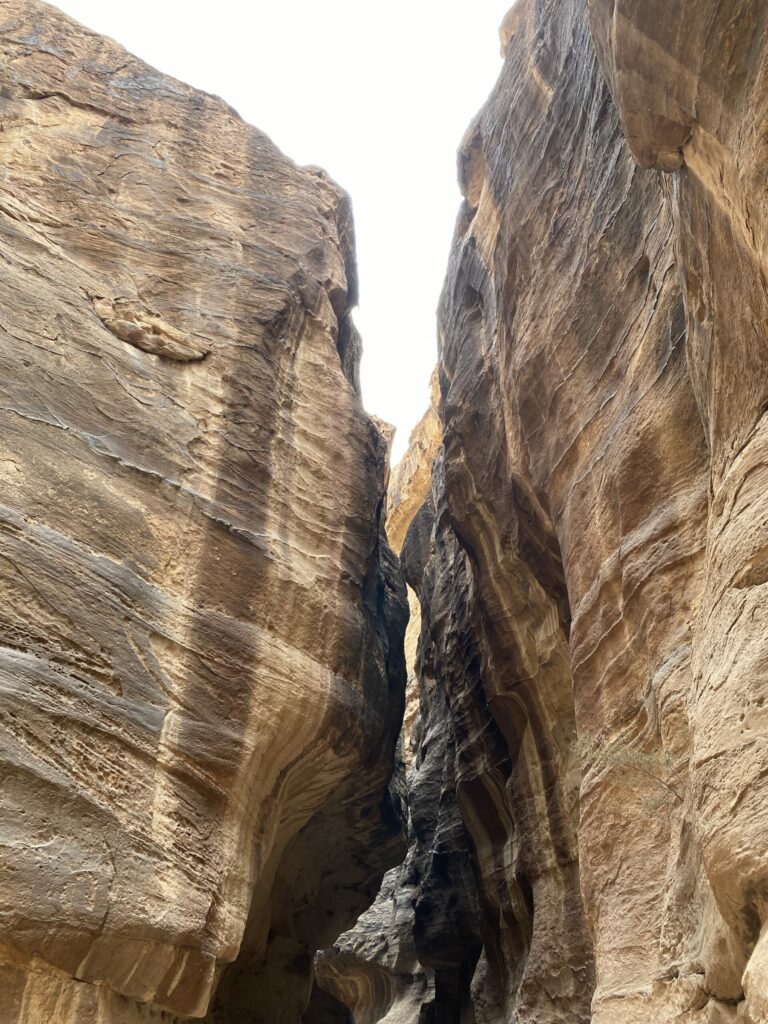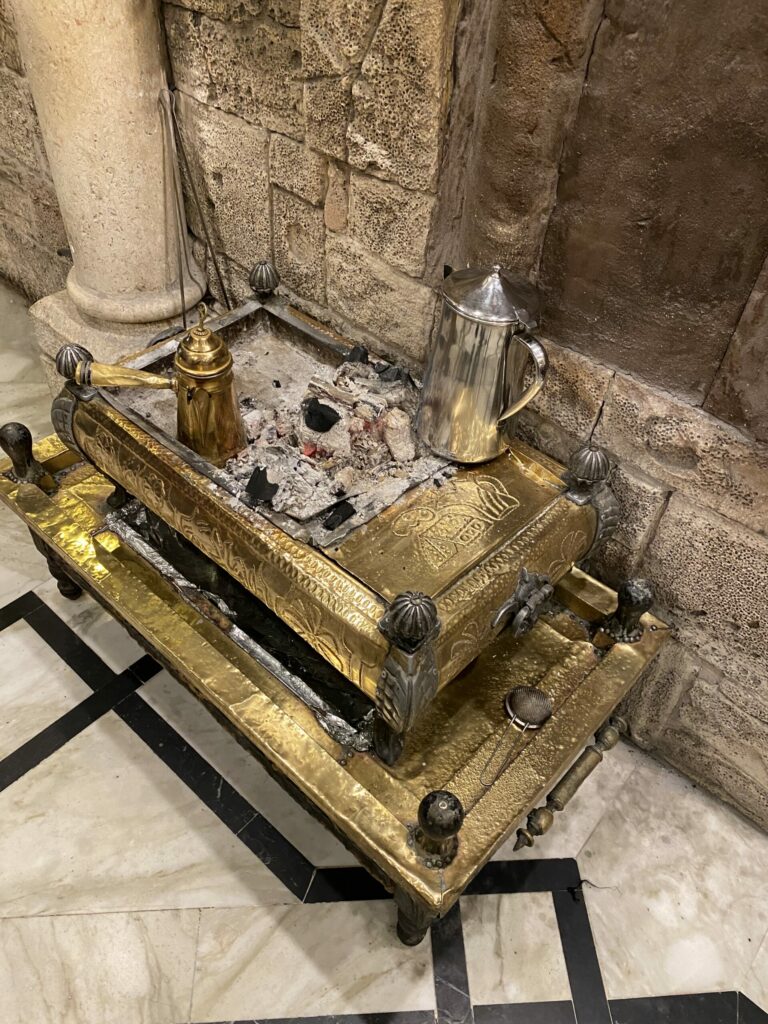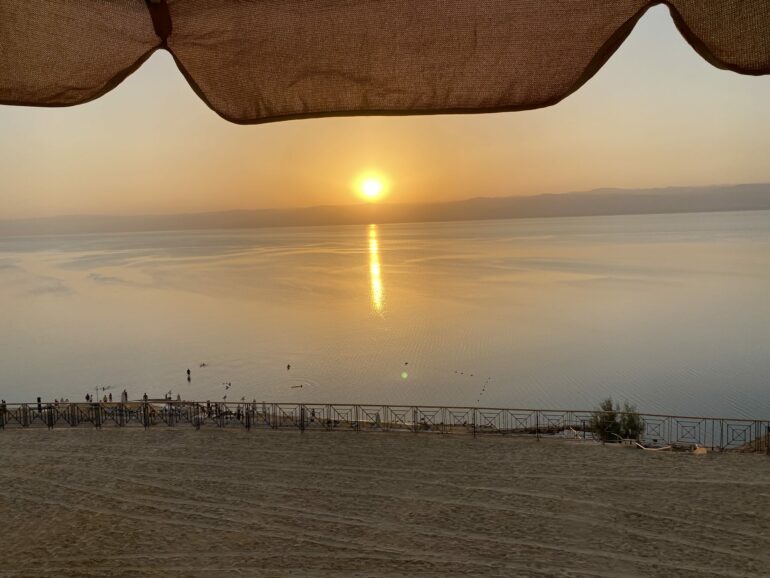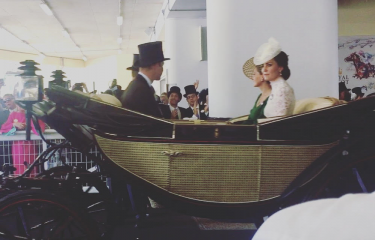Petra, rose-red city, half as old as time.
James Ellis visits the top of his bucket list...
Described by many as the eighth wonder of the world, I was expecting Petra, known as the red-rose city because of the red, yellow, white, black streaks in its sandstone, to be special. However, having walked along As-Siq, a natural gorge 1.5 km. long and some 2 metres wide, nothing prepared me on rounding a bend, for the sudden view of AL-Khazna, and the square before it which, until then, had been completely hidden. It is difficult to get your head around the fact that this is not a building that has been constructed, but is a carving into the sandstone, starting from the top and working down. It is believed to be the mausoleum of Arestas IV, King of the Nabataeans (8 BC to 40 AD), and therefore over 2000 years old, and referred to as the Treasury because of his wealth.
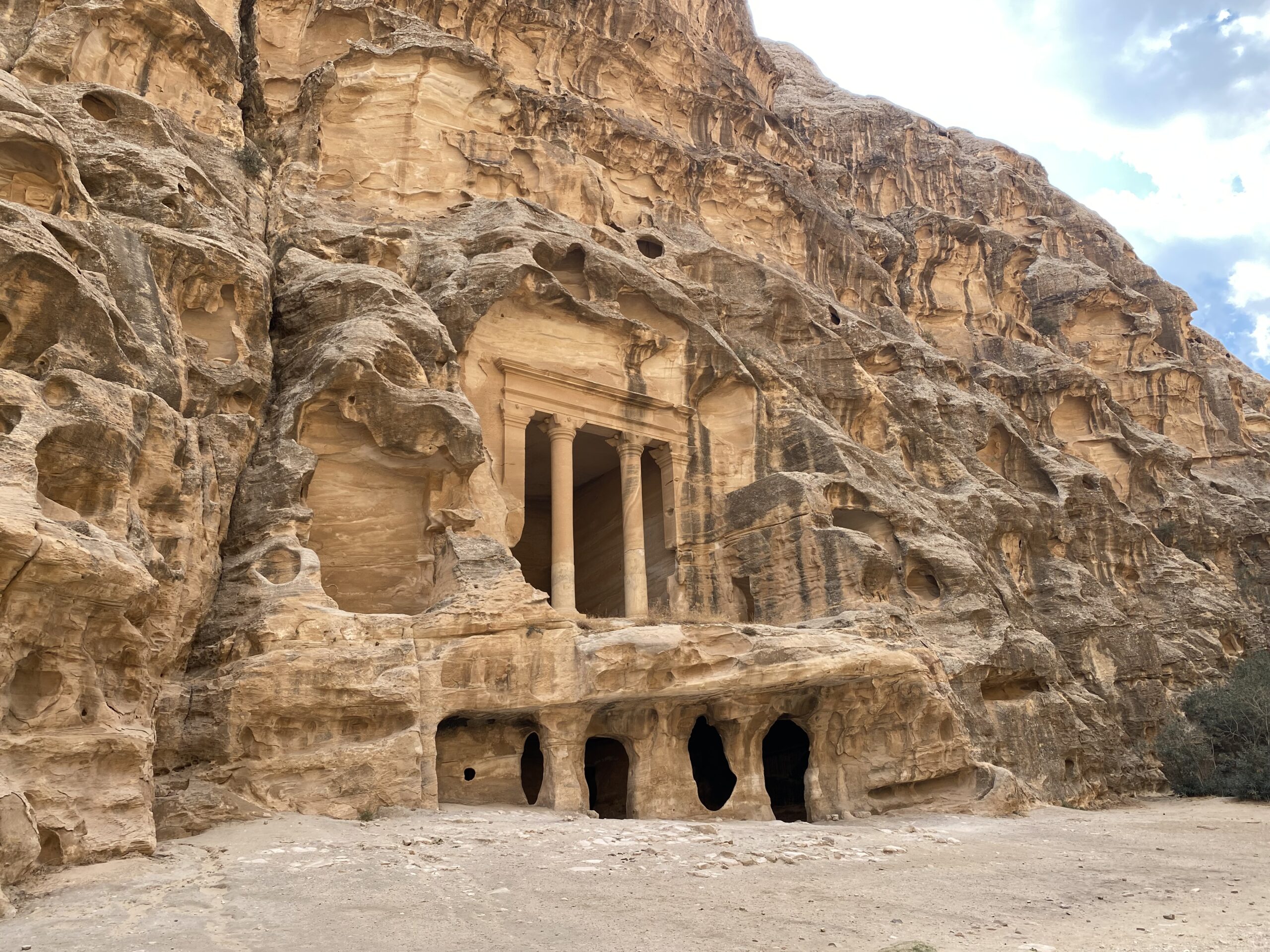
Further exploration of Petra, a very large site, reveals many other magnificent carvings: the Monestary, the High Place of Sacrifice and the Theatre, which could seat 5,000, the Palace, Royal, Urn, Garden and Silk tombs, to name but a few, as well as Temples and hundreds of caves. Many of the carvings are remote and need a significant climb to get access, and you soon appreciate that it is not possible to see everything Petra has to offer. Hikers should allow three days for exploration and various climbs, such as the 800 steps up to the Monastery. For the less mobile, a golf buggy will transport you along the Siq to the Treasury, with horse and camel rides beyond that. More easily explored is nearby Little Petra, a much smaller site, but still with wonderful carvings, including some that had to be abandoned when they cracked during carving!
The Nabataeans were originally a Bedouin tribe, constantly on the move and living in tents, but then moved into the caves of Petra, and created a sophisticated system of water collection by carving conduits in the rock and using pipes to carry the water to deep culverts, where it was stored, and later used to irrigate and make fertile the nearby land.
Petra then became a staging post for the vast camel trains that transported many of the products of the orient, particularly silks, aromatic gum, frankincense, myrrh and spices, destined to be taken on to Asia Minor, Cyprus, Greece and Italy.
The Nabataean kingdom was annexed by Rome in 106 AD, and the Nabataeans disappeared as a race, and the existence of Petra, so well hidden, was forgotten until rediscovered by a Swiss explorer is 1812. However, Bedouins continued to live in caves in the Petra site until very recently.
Jordan is a 5 hour flight from London, with a 2 hour time difference. It has a land mass a little larger than Ireland, and most locations can be driven to. High Season is from March to May, with warm days and cool nights. Norhern Jordan is blanketed in wild flowers in April. My visit in October, when the days and sea are still warm, included additional sites such as Jerash, the amazingly preserved Roman town, the vast Crusader Castle of Karak, built to withstand Saladin’s armies, Wadi Rum and the Seven Pillars of Wisdom of T.E. Lawrence fame, as well the capital, Amman, with its dominating Citadel, and museum containing some of the Dead Sea Scrolls. There is also access to the River Jordan at Bethany, and to the Red Sea at Aqaba, known for its diving and snorkeling, and to the Dead Sea, at 408m. below sea level the lowest point on earth. There are wonderful mosaics at St George’s Church, Madaba and views of the Promised Land from nearby Mount Nebo.
A number of high end travel firms, such as Jules Verne, offer group tours. The Movenpick group has 4 and 5 star hotels, including those with direct access to the Dead and Red seas. They offer many different types of accommodation, including superior and family rooms, junior and Royal suites, duplexes, three bedroom apartments, and that at Aqaba has 2 rooms for the disabled. The hotel at the Dead Sea has a large pool and spa. The hotel in Petra is very close to the visitor centre end the excellent museum. There is, therefore, no problem in being comfortable as you travel around Jordan. It is possible to go to glamping sites in the desert and to stay in Bedouin tents with stone built bathrooms. There are hikes along the Jordan Trail, horse treks lasting a number of days, a bike trail and balloon flights.
All in all, Jordan made an interesting and highly enjoyable holiday destination.
P.S. Obviously everyone must make their own decision as to when and where to travel, and the situation can be fast moving. So far as I was concerned, the only way in which the present situation in the Middle East affected my visit was in reducing the number of tourists, especially at Petra. I never at any time felt unsafe in Jordan and found the Jordanians to be both kind and helpful, and going about their lives as usual.
Next Up: Clementine’s Christmas Pop-Up arrives in Mayfair – The Sloaney
